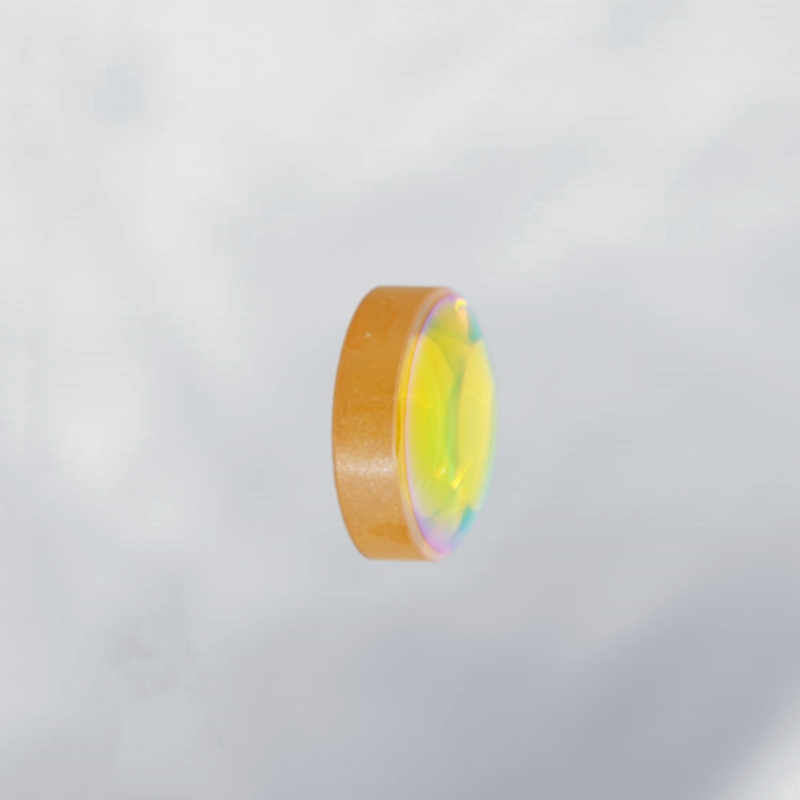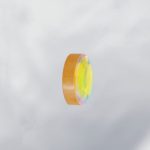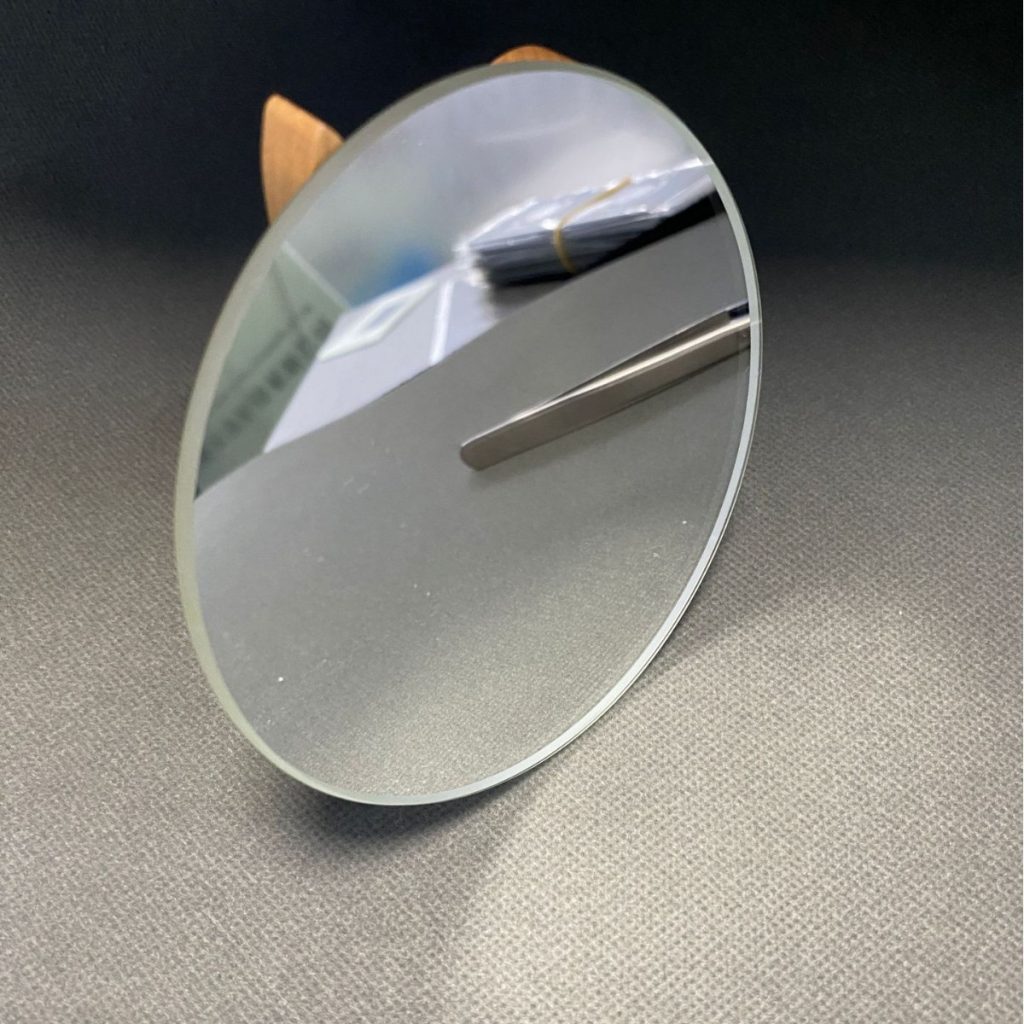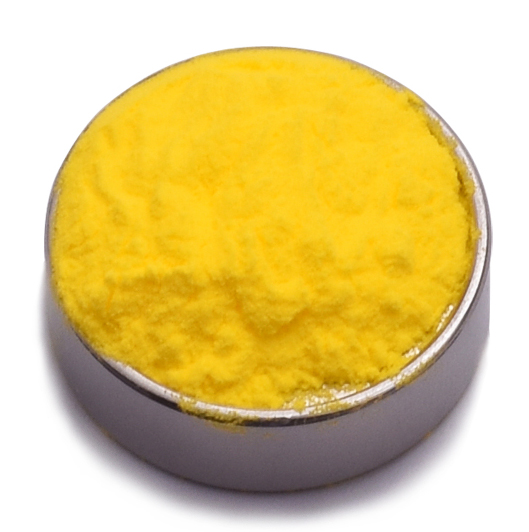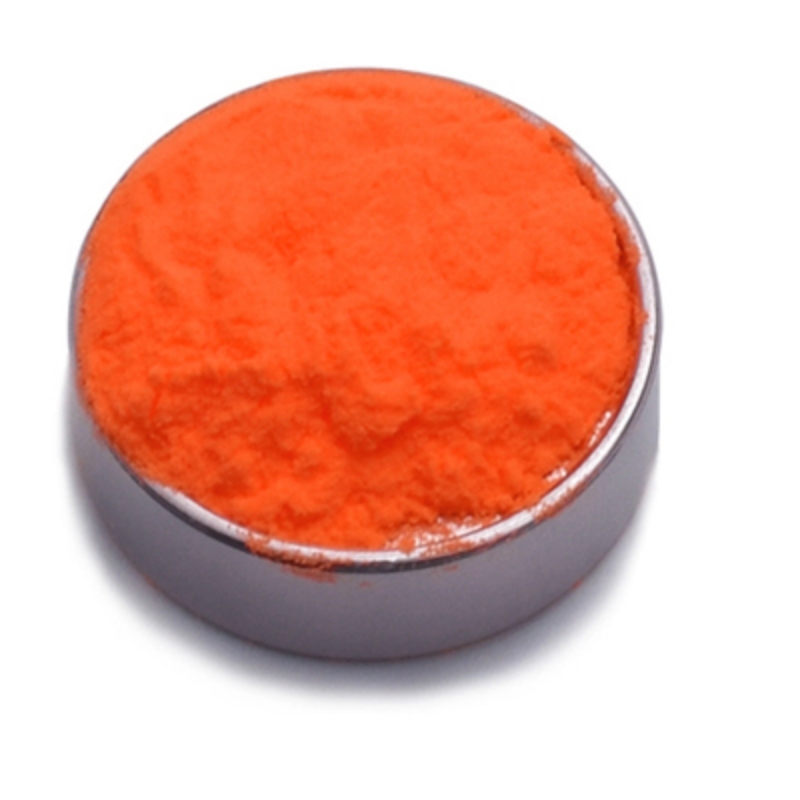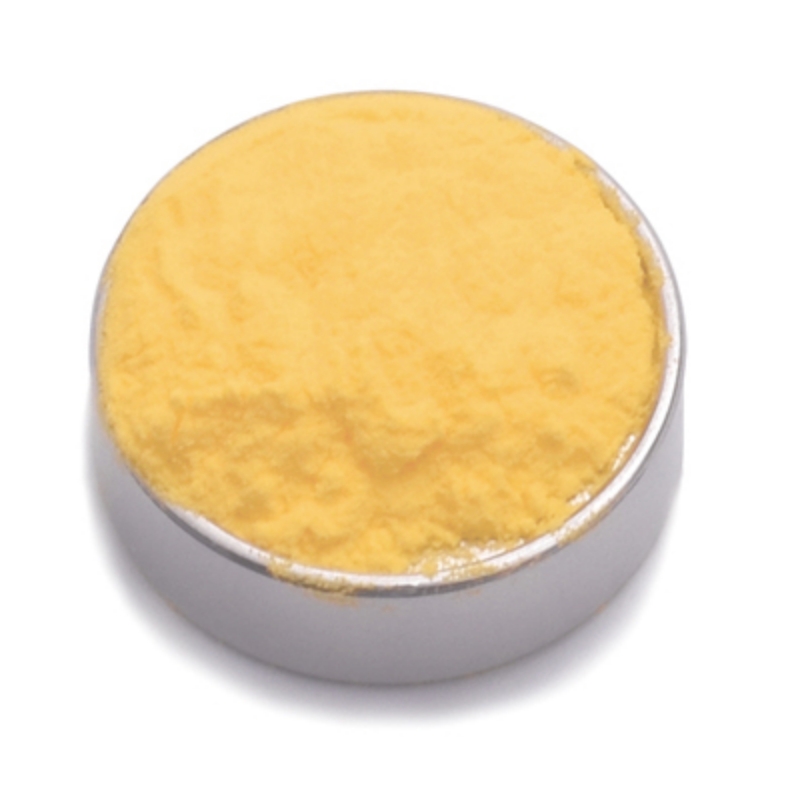Zinc selenide crescent lens is a precision optical component designed for specialized light refraction, beam manipulation, and enhanced image correction. Manufactured from high-purity ZnSe, it offers exceptional optical clarity, minimal distortion, and excellent transmission across infrared wavelengths. This uniquely shaped lens is widely used in imaging systems, laser optics, industrial applications, and scientific research, ensuring superior optical performance for advanced optical configurations.
Product Overview
The Zinc Selenide Crescent Lens is a special optical element made from high-purity Zinc Selenide (ZnSe) material, featuring a crescent-shaped design with one convex and one concave surface. This lens offers excellent optical performance, especially in the visible and infrared spectral ranges, with high transparency, low reflectivity, and low absorption. Its high thermal stability and anti-reflective properties make it a critical component in demanding optical systems such as LiDAR, optical sensors, and spectrometers.
Key Features
- High Optical Transmission: Provides high transmission in both visible and infrared wavelengths, ensuring efficient light transmission.
- Low Reflectivity and Low Absorption: Minimizes light losses, enhancing the overall performance of optical systems.
- High Thermal Stability: Zinc Selenide performs exceptionally well in high-temperature environments, making it suitable for systems with high thermal loads.
- Anti-Reflective Coating: The surface is precision-polished to reduce reflection losses and improve system efficiency.
- Precision Manufacturing: Manufactured using high-precision cutting, grinding, and polishing techniques to ensure the lens shape and optical quality.
- Coating Options: Often coated to further improve transmission and anti-reflection properties.
Applications
- LiDAR Systems: Used as an optical element in LiDAR systems for beam shaping and focusing.
- Optical Sensors: Widely used in optical sensor systems to improve measurement precision.
- Spectrometers: Serves as a transparent element in infrared spectrometers, enabling accurate spectral data collection.
- Thermal Imaging Systems: Utilized in thermal and infrared imaging systems for its excellent infrared transmission properties.
- Medical Systems: As a key optical component in medical optical systems, providing precise imaging and light transmission.
- Infrared Imaging: Widely applied in infrared imaging systems, enhancing system image quality and stability.
| Physical Property | Value |
| Crystal Structure | Cubic |
| Density | 5.27 g/cm³ |
| Resistivity | ~10¹² Ω·cm |
| Melting Point | 1525 ℃ |
| Chemical Purity | 100.00% |
| Thermal Expansion | 7.1×10⁻⁶ @ 273K |
| 7.8×10⁻⁶ @ 373K | |
| 8.3×10⁻⁸ @ 473K | |
| Thermal Conductivity | 18.0 W/(m·K) @ 298K |
| Specific Heat Capacity | 0.339 J/(g·K) @ 298K |
| Knoop Hardness | 110 kg/mm² |
| Bending Strength | 55 MPa |
| Young's Modulus | 67.2 GPa |
| Poisson's Coefficient | 0.28 |
| Optical Property | Value |
| Transmission Range | 0.5-22 μm |
| Refractive Index Inhomogeneity | <3×10⁻⁶ @ 632.8μm |
| Absorption Coefficient | 5.0×10⁻³ /cm @ 1300nm |
| 7.0×10⁻⁴ /cm @ 2700nm | |
| 4.0×10⁻⁴ /cm @ 3800nm | |
| 4.0×10⁻⁴ /cm @ 5250nm | |
| 5.0×10⁻⁴ /cm @ 10600nm | |
| Thermal Light Coefficient | 1.07×10⁻⁴ @ 632.8nm |
| 7.0×10⁻⁵ @ 1150nm | |
| 6.2×10⁻⁵ @ 3390nm | |
| 6.1×10⁻⁵ @ 10600μm | |
| Property | Value |
| Diameter Range | 2-300mm |
| Focal Length | 15-5000mm |
| Thickness | 0.12-60mm |
| Surface Quality | 80-50, 60-40, 40-20, 20-10, 10-5 |
| Surface Flatness | λ/2, λ/4, λ/8, λ/10 |
| Clear Aperture | >90% |
| Coating | Customizable |
 new material
new material

